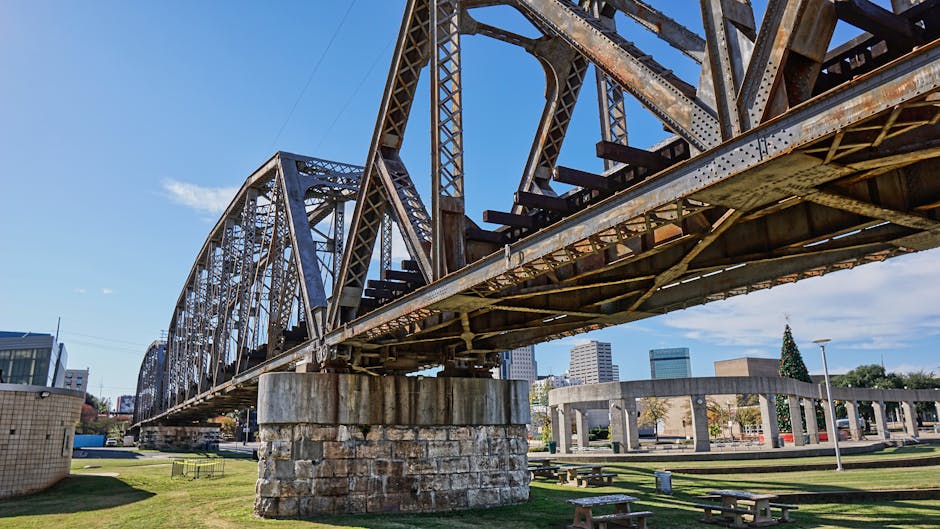Understanding the Threat

The United States is vast, with diverse climates and landscapes, but one state is increasingly in the spotlight for a rather worrying reason. Scientists are sounding the alarm about the risk of it sinking. This is not a scenario from a disaster movie but a real concern that needs urgent attention. The state in question is Louisiana, known for its rich culture and vibrant communities. The sinking is primarily due to a phenomenon called subsidence, where land gradually sinks or settles. Coupled with rising sea levels from climate change, this creates a perfect storm for potential disaster.
The Role of Subsidence

Subsidence is a natural process that has been occurring for thousands of years. However, human activities have accelerated it in Louisiana. The extraction of oil and gas, as well as groundwater pumping, have caused the land to compact and sink. When you imagine a sponge soaked in water, and then you squeeze it, the water drains out, causing it to shrink. This is similar to what’s happening beneath Louisiana’s surface. The ground is losing its support, causing it to settle lower and lower.
Rising Sea Levels Add to the Woes

While subsidence is a significant issue, it’s not the only problem. Rising sea levels, resulting from the melting of polar ice caps due to global warming, compound the risk of sinking. It’s like pouring more water into a bathtub that is already overflowing. Coastal areas in Louisiana are particularly vulnerable, with some regions experiencing sea level rise at rates much higher than the global average. This combination of subsidence and sea level rise creates a double-edged sword for the state.
The Impact on Communities

The potential sinking of Louisiana is not just an environmental issue; it’s a human one too. Many communities, especially those along the coast, are already facing frequent flooding. Homes are at risk, and livelihoods are threatened. Imagine waking up every morning, knowing your home could be underwater in a few years. For many residents, this is a reality. The emotional and financial toll is immense, with people having to make tough decisions about whether to stay or relocate.
Environmental Consequences

The sinking of land and rising sea levels do more than just threaten homes; they also disrupt ecosystems. Wetlands, which are crucial for wildlife and act as natural barriers against storms, are disappearing. It’s like losing a vital part of nature’s defense system. The loss of these wetlands means increased vulnerability to hurricanes and other severe weather events, which are already becoming more frequent and intense due to climate change.
Economic Ramifications

The economic implications of Louisiana’s sinking risk are profound. The state is a key player in the U.S. economy, particularly through its ports and oil industry. If the land continues to sink, vital infrastructure could be damaged or rendered unusable. Think of it as a vital bridge collapsing; it disrupts everything connected to it. Businesses may face higher insurance costs, and there could be significant losses in tourism revenue as natural attractions become less accessible.
Scientific Efforts and Innovations

Scientists are not just sounding the alarm; they are actively seeking solutions. Research is ongoing to understand better the subsidence process and how to mitigate it. Innovative approaches, such as using sediment diversions to rebuild land, are being tested. It’s akin to finding a way to patch a leaky roof before it collapses. These efforts are crucial, but they require significant investment and political will to succeed.
Government and Policy Response

Government intervention is essential in addressing the risk of Louisiana sinking. Policies that regulate land use and protect natural resources are vital. It’s like having rules to ensure safety on a construction site. Without them, chaos ensues. Federal and state governments need to collaborate on long-term strategies that prioritize sustainability and resilience. This includes investing in infrastructure that can withstand environmental changes.
Community Involvement is Key

Communities are at the forefront of dealing with the sinking risk, and their involvement is crucial. Grassroots organizations and local leaders play a significant role in advocating for change and raising awareness. It’s similar to a neighborhood coming together to clean up after a storm; everyone’s effort counts. Empowering communities through education and resources can lead to more effective adaptation strategies.
The Urgency of Action

The threat of Louisiana sinking is not a distant future event; it is happening now. Immediate action is needed to prevent irreversible damage. It’s like a ticking clock, and the longer we wait, the harder it will be to turn back time. Scientists, policymakers, and communities must work together to find sustainable solutions that protect both the environment and the people who call Louisiana home.






